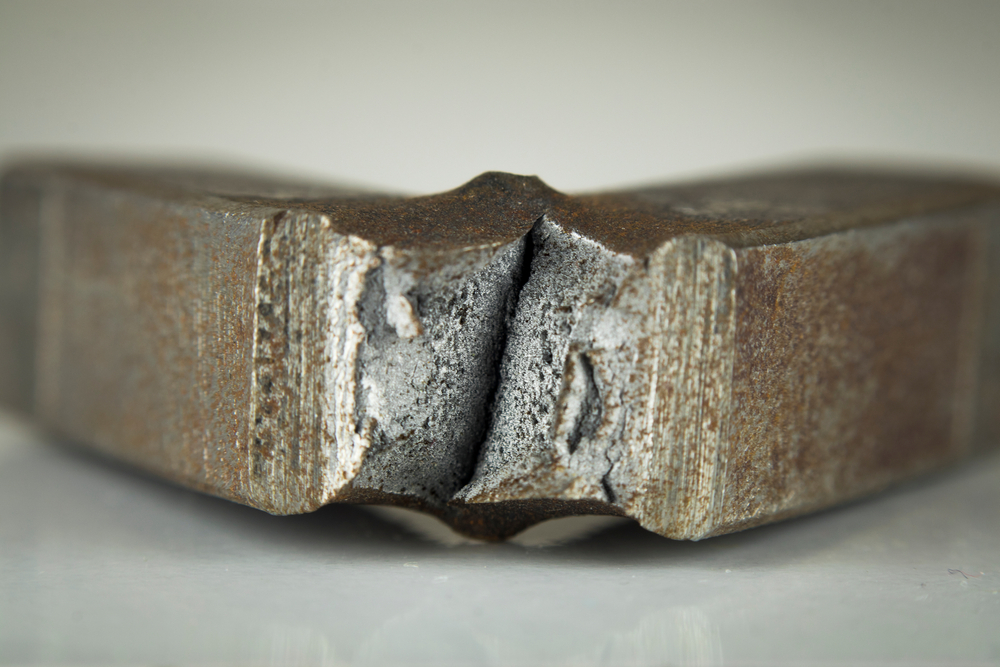Among the tests that characterise metallic and non-metallic materials, one of the most important in terms of information supplied is the impact test, because it highlights if a material is tough or not, in other words its ability to resist impact.
The impact test for metals is regulated by Standard UNI EN ISO 148-1:2011. It is carried out using a machine with pendulum invented by Georges Charpy, and is known as the Charpy impact test. In this device a mass is fixed to a shaft that is free to rotate and which forms a pendulum that can release an energy equal to 450 J. The mass hits a sample and the amount of absorbed energy required to break the sample is measured.
With the
impact test, the form of the sample and the pendulum are standardised in order to obtain results that are as coherent as possible, even if often the main principle of the test is to verify the type of breakage that the metal undergoes. It in fact verifies if the breakage is brittle or ductile, which can make the difference in the structures field.
The impact test also gives values that are useful for verifying if the material is suitable for satisfying the PED directive.
